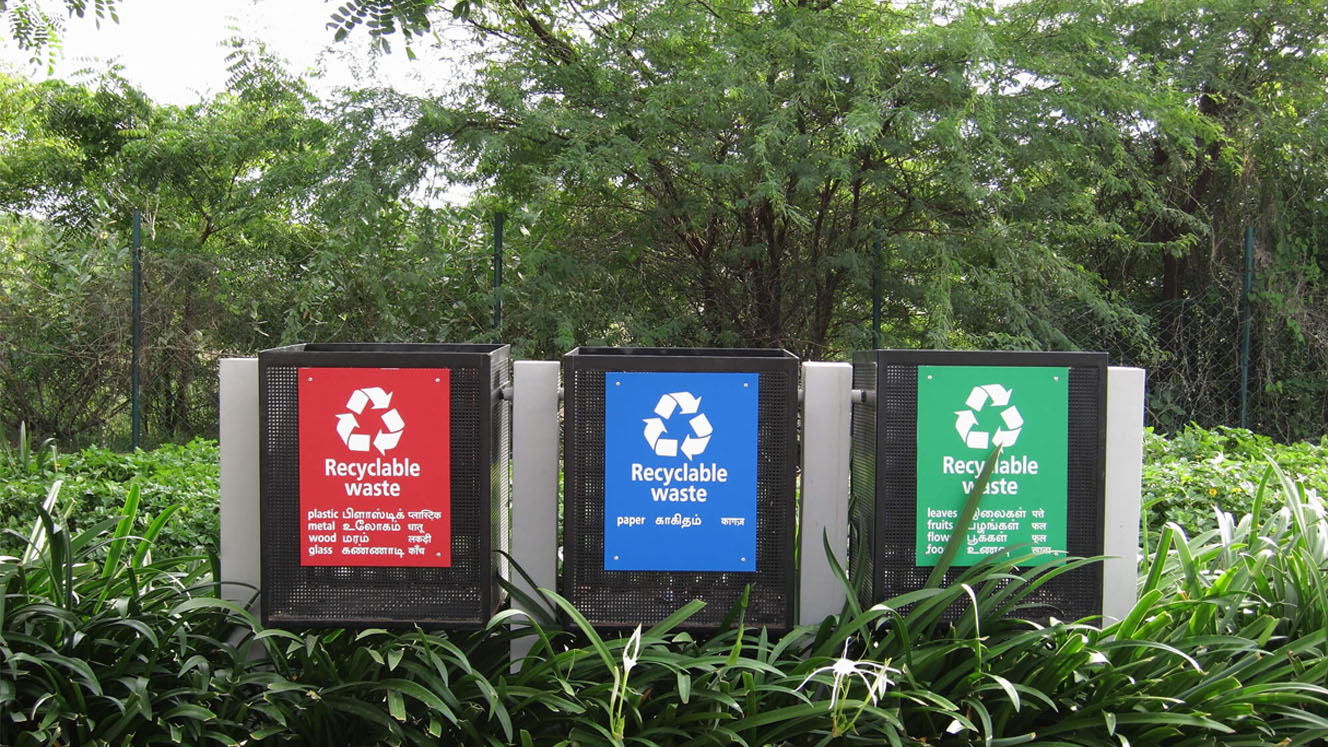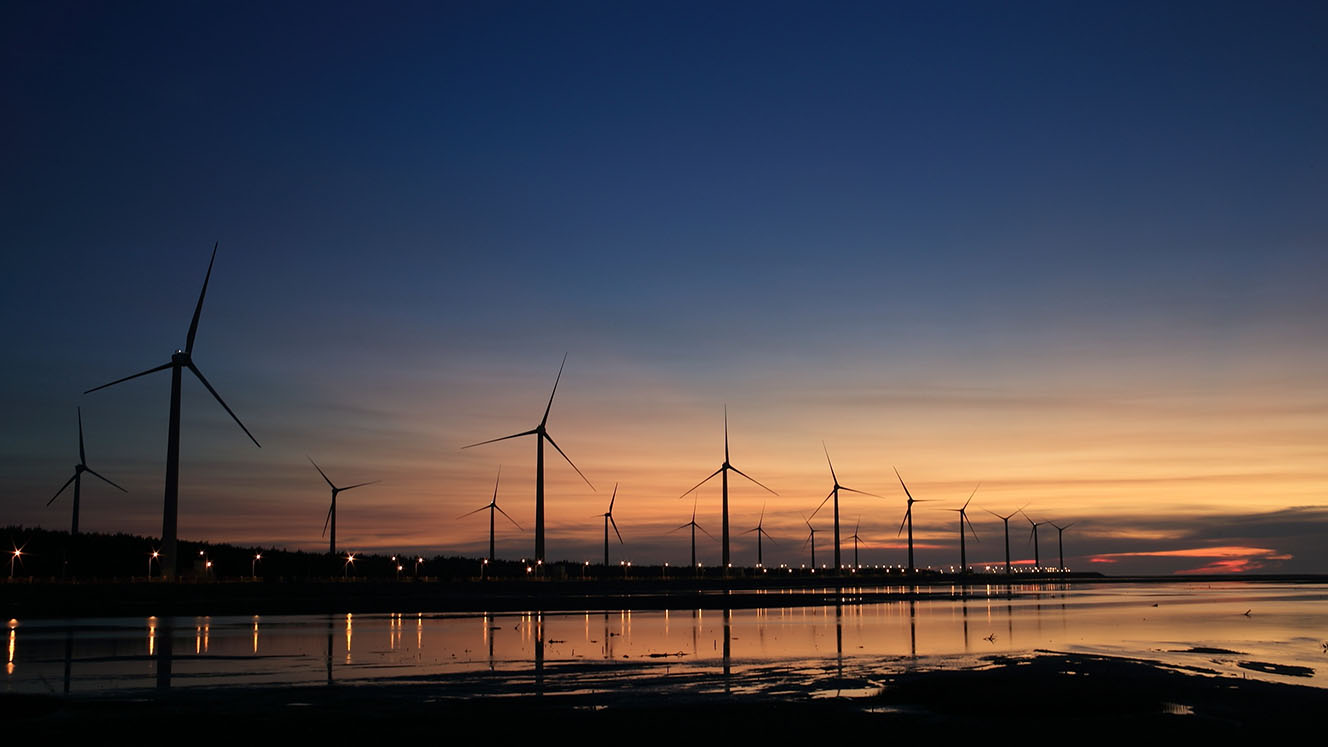Blog
Eco-City: The Future Of Urban Planning
Summary
Eco-cities entail a new approach to sustainable urban development. To know more about eco-cities, read below.
Introduction
Simplistically speaking, an eco-city is an ecologically healthy city. However, since each city is unique with its own evolutionary journey and socio-cultural nuances, there is no particular eco-city ‘model’ or ‘size’ that fits all, or an absolute way to get there from now. Rather, eco-cities can be defined by certain basic characteristics similar to healthy ecosystems and living organisms.
Basically, an eco-city is an urban settlement designed on self-sustaining resilient principles and functions of natural ecosystems. It provides healthy abundance to its residents without consuming more renewable resources than it replaces. An eco-city operates without producing more waste than it can recycle and reuse; or more than what nature can dilute and absorb.
Here are some defining fundamentals of eco-cities:
- Access to public resources
- Urban renewal actions
- Reduction of CO2 emissions
- Favouring ethical and local consumption
- Reduce, reuse and recycle

The benefits of life in an eco-city:
Walking, cycling and other transportation methods – Eco-cities promote safer, healthier and less stressful commutes. Reduced noise and air pollution, CO2 emissions and congestion increases economic productivity. Health-friendly intra-city commute options such as cycling provide environment-friendly, last-mile connectivity and are economically viable too. Many planned cities in India encourage this for both the environment and the health of citizens. Mahindra World City, Chennai is an outstanding example of this approach, wherein residents and visitors can avail a cycle sharing service within and around the integrated city.
Waste to resources - Getting to a ‘zero waste’ status quo is as important as ‘zero carbon’. Waste can be a resource when its re-use creates more jobs. Eco-cities also save a lot of landfill tax when waste is recycled, which can then be used to develop a green economy. The Bio-CNG plant set up within Mahindra World City in Chennai is a classic example of an end to end carbon neutral ecosystem that successfully harness the opportunity to convert waste-to-wealth and improve the quality of life of all stakeholders, including local communities.
Green roofs – Otherwise unutilised rooftops can be used to support panels or wind turbines. Also, ‘green’ rooftops covered with grass, shrubs and/or other plants provide an array of benefits. Such rooftops provide insulation and cuts down a building's heating and cooling needs. Additionally, these green roofs absorb rainwater, reduce the load on storm-water systems and act as natural filters for the water that runs down them, which can then be used for domestic purposes. This forms a viable option for many planned cities in India.
Micro wind turbines – In direct contrast to the giant size of windmills is the concept of ‘micro-turbines’. A study suggests that a small turbine ranges from less than 1000 Watt (1 kW) and up to 300 kW. Their blades are usually 1.5 to 3.5 metres (4 ft 11 in–11 ft 6 in) in diameter and produce 1-10 kW of electricity at optimal wind speed. These small generators are designed to take advantage of big city wind patterns. Once installed, these can address a sizeable chunk of any building's energy needs, more so when the building is equipped with energy-saving features, while also creating employment opportunities.

Pumped hydro storage/Micro hydropower - Wind and solar power are relatively unstable, producing either less or more output than what is needed at a time. So, when a city wishes to rely on such sources, it is necessary to find a way to bank that power. Pumped hydroelectric storage is one of the ways to do just that. When there is ample wind or solar power, electricity is used to pump water to an upper reservoir and when power is required, water is allowed to flow downhill thereby setting the turbines in motion. As an open space landscaping, the lakes have an added benefit. Large-scale pumped-hydro plants are used to store energy while many small towns rely on small-scale micro-hydro plants to generate electricity.
District heating system – Typically, heating and cooling take up almost two-thirds of the total energy used in a district. Many eco-cities across the globe are using environment-friendly alternatives to conventional electricity or natural gas HVAC systems can be extremely helpful. Excess heat from nearby utilities can be used and a web of pipes distributes the heat to be used for hot water, space heating and absorption to provide air conditioning in the summer. Also, its municipal and consumer ownership ensures all economic benefits are returned to the consumers. Several cities like Pune, Bhubaneshwar, Rajkot etc. have district heating system planned around its vicinity.
Nett nett, eco-cities have significant potential to redefine urban planning. With accelerating urbanisation worldwide, eco-cities can help achieve balanced distribution of population. An eco-city's objective is to increase urban density while consolidating 'green infrastructure' or 'green spaces' into the urban landscape. Basically, eco-cities promote compact and efficient use of land by people for residential and commercial purposes, which is also the format that many industrial parks in India are following. Some examples of eco-cities include Mahindra World City and Amanora Hills in India, Masdar City in Abu Dhabi, Low Carbon Future City of the island of Hainan, Dockside Green in Victoria, B.C. Canada and Tianjin Eco-City in China. These cities prove that when planned right, sustainable urban development can achieve holistic harmony with nature, while also improving quality of life for citizens.
